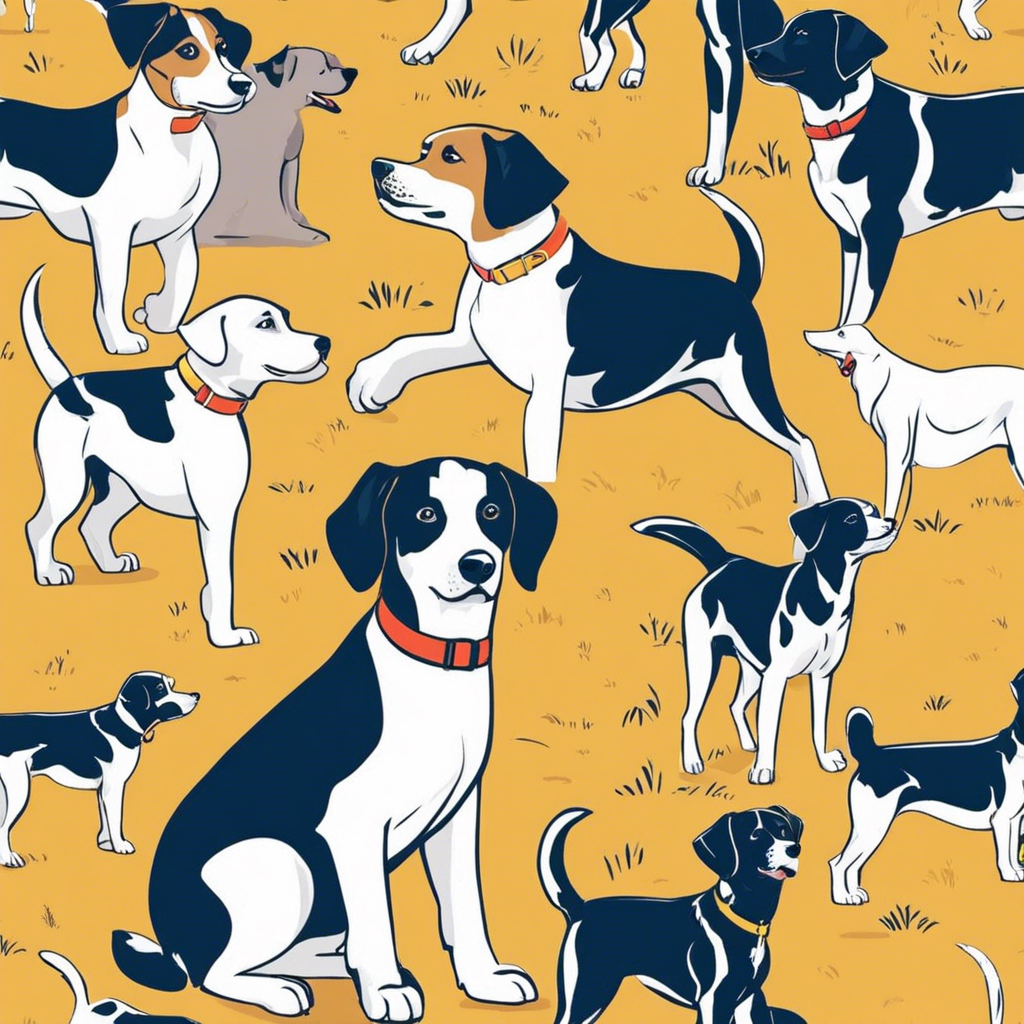Understanding the subtle nuances of dog body language is a crucial skill for professional dog walkers, enabling them to provide exceptional care and ensure the well-being of the dogs in their charge. Dogs communicate through a variety of physical cues, and being able to interpret these signals is essential for fostering positive interactions and maintaining control during walks. This guide aims to empower professional walkers with the knowledge to read and respond appropriately to canine body language, establishing a deeper connection and a safer walking experience.
When observing a dog’s body language, consider the overall posture, tail position, ear placement, and facial expressions. A relaxed dog typically stands with a balanced stance, its tail held in a neutral position or gently wagging. Their ears may be perked up, indicating curiosity or attentiveness. A genuinely happy dog will often exhibit a loose, wiggly body, with a soft and relaxed mouth, possibly accompanied by a playful bounce. This is a sign of a content and approachable canine companion.
On the other hand, a tense or anxious dog may display a stiff body posture with a rigid tail and tightly closed mouth. They might also have their tail tucked between their legs, a clear sign of stress or fear. The eyes play a significant role in dog communication. A direct, unwavering stare can signal a challenge or potential aggression, while a dog averting its gaze or showing the whites of its eyes (known as ‘whale eye’) typically indicates discomfort or anxiety. Understanding these cues can help walkers identify dogs’ emotional states and adjust their handling techniques accordingly.
The position of a dog’s ears is another valuable indicator. Erect, forward-pointing ears generally signal alertness and curiosity, while pinned-back ears can suggest fear or submission. Tail wagging, contrary to popular belief, does not always mean a friendly greeting. The type of wag can convey different messages. A slow, sweeping wag often indicates a relaxed demeanor, while a high, rapid wag may signal excitement or even potential aggression. A dog with its tail tucked low might be feeling insecure or anxious.
Professional walkers should be vigilant for signs of stress or aggression, especially in group walking situations. Signs of aggression include raised hackles, a stiff body, and a direct stare. In contrast, a fearful dog may cower, showing submissive postures like rolling onto its back or exposing its belly. Identifying these signals allows walkers to intervene early, ensuring the safety of all dogs and preventing potential conflicts.
When introducing dogs to each other, it’s crucial to read their body language and proceed cautiously. Both dogs should remain calm, with relaxed tails and soft eyes, indicating a positive interaction. Any signs of tension or aggression should be addressed promptly. By effectively interpreting these cues, walkers can foster positive social interactions, ensuring a safe and enjoyable experience for all dogs involved.
Understanding these subtle body language cues is not just about safety; it’s also about building trust with the dogs in your care. Responding appropriately to their needs and emotions creates a bond and helps make the walk an enjoyable experience for everyone. Being attuned to these signals demonstrates your professionalism and care for the well-being of your canine clients.
Equipping yourself with this knowledge will improve your skills as a professional dog walker, enabling you to provide a higher standard of care. Through keen observation and understanding, you can ensure the dogs’ comfort and security while in your care, fostering a positive and healthy environment for all. So, the next time you embark on a walk, remember to observe, interpret, and respond to the unique body language of each dog, making every walk a successful and enjoyable adventure.
So, stay tuned to their postures, tail wags, and ear movements, and you’ll soon become a master at understanding the unspoken language of your furry friends! Your ability to comprehend and respond to their signals will make each walk a fantastic journey for both you and the dogs in your care.

